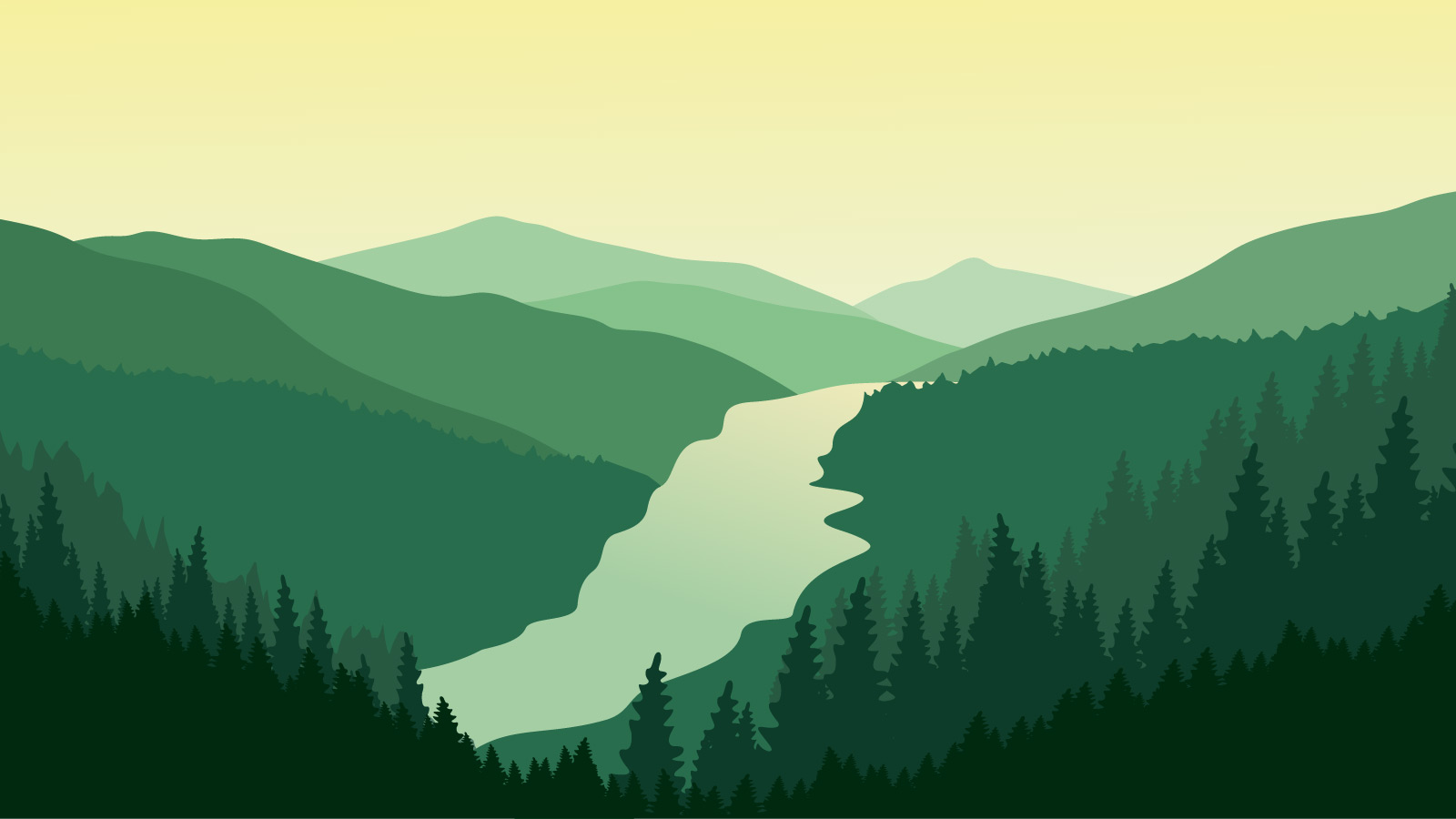
Frequently Asked Questions
Applications where engineered soils may be required include:
- Bioretention ponds, basins, and cells
- Rain Gardens
- Detention and retention ponds for stormwater
- Parking lot infiltration
- Pervious pavers and pervious pavement
- Vegetated roof systems or Green Roof Soil
- Upslope from channels, ditches, streams, and other water bodies
- Treating runoff from impervious surfaces such as roads, highways, parking lots, and other land disturbing activities
- Structural soil for planting near curbs, sidewalks, and roads
- Rootzone for athletic fields
- Topsoil for reclamation areas or landscaping
Engineered topsoil is a topsoil that is designed to meet a specification. Typical blends of engineered topsoil have parameters for pH, organic matter content, soluble salt, texture, and nutrients.
Good planting mix contains a combination of sand, soil, and compost. The quality of the ingredients are a key part of a quality landscaper’s planting mix. The ratio at which each component is blended also is critical to retain moisture, provide nutrients, and drain well. Planting mix refers to a soil, unlike potting soil, that is best used in your landscaping and gardening areas.
Landscaper’s planting mix or Landscape Mix is a soil blended specifically for planting trees, shrubs, grass, flowers, and gardening. It is different than topsoil because it contains a high amount of organic material along with sand to help retain moisture and provide nutrients. The combination of soil components allows this soil blend to be well-drained to help roots establish quickly without disease.
Structural soil is a type of Urban Tree Planting Mix. Structural Soil is used for planting trees in urban settings, typically surrounded by concrete sidewalks or roads, to allow for both compaction to support infrastructure but at the same time providing soil structure for root growth. Structural Soil allows trees to survive and thrive in urban settings usually along the sidewalk, and helps prevent tree roots from cracking or damaging concrete or asphalt.
Potting Soil is the best soil for potted plants. It is lightweight and drains rapidly while still maintaining moisture and nutrients for plants. It is generally composed of a combination of compost, peat, soil, vermiculite, and perlite.
The sand-based structural soil blend design uses sand, usually coarse in texture, as the primary medium. The gravel-based structural soil blend uses gravel, usually larger sized and washed, as the primary medium. Both still include a portion of clay or clay loam soil along with soil amendments such as hydrogel.
Generally speaking, garden soil had a few more enhancements like sand or compost added to a quality topsoil. Topsoil from most providers is good dirt that they dug up somewhere, and loaded it in a truck. However, RSI’s Topsoil comes from a process where we screen out any large debris and blend just the right amount of sand and compost to improve its quality, so our Topsoil is both a high-quality topsoil that can be used for a gardening.
Topsoil is used for making gardens, planting shrubs, spreading to lay turf of plant grass seed, and filling in holes in your lawn. Topsoil is one of the most commonly used materials for landscaping and gardening. A good soil is critical for healthy plants. Potting soil is slightly different and better for potted plants and not ideal for use in the lawn.
Calculate Your Project
Determine how much product you need for your project and submit it to us for a free estimate, including delivery costs.
Dredging projects and In-Field Mix are calculated separately.
